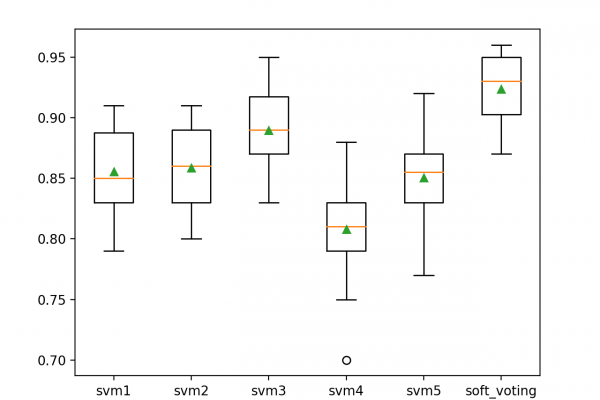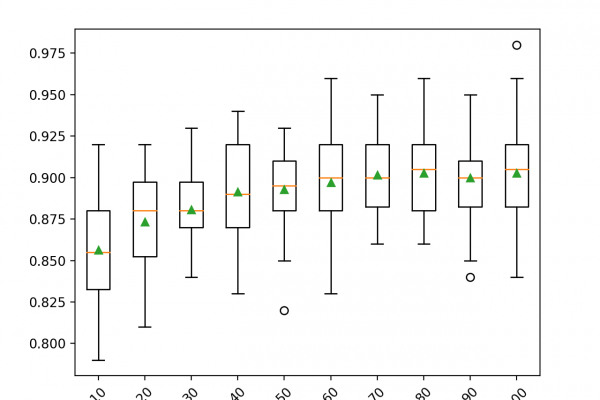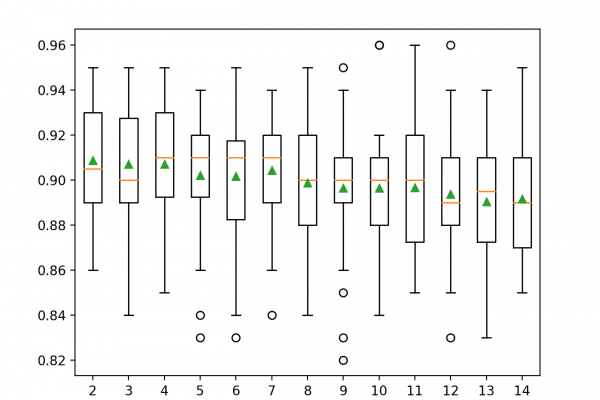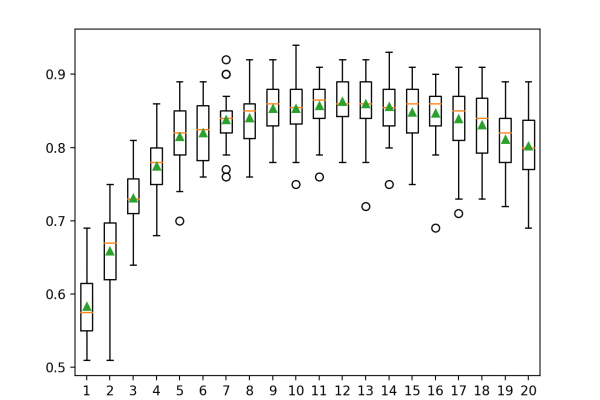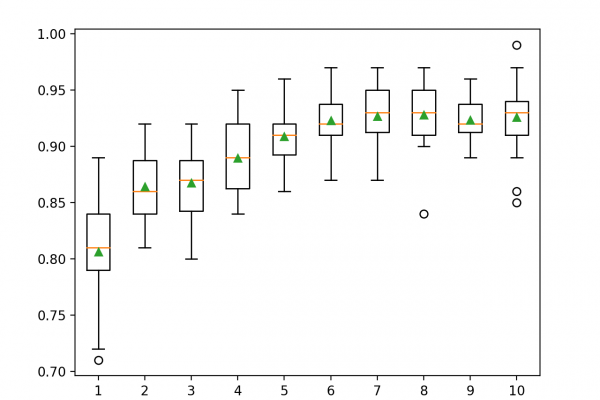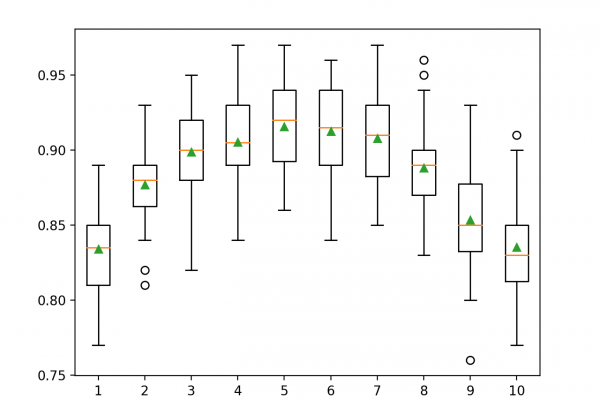How to Handle Big-p, Little-n (p >> n) in Machine Learning
Last Updated on August 19, 2020 What if I have more Columns than Rows in my dataset? Machine learning datasets are often structured or tabular data comprised of rows and columns. The columns that are fed as input to a model are called predictors or “p” and the rows are samples “n“. Most machine learning algorithms assume that there are many more samples than there are predictors, denoted as p > n. These problems often require specialized data preparation and […]
Read more
